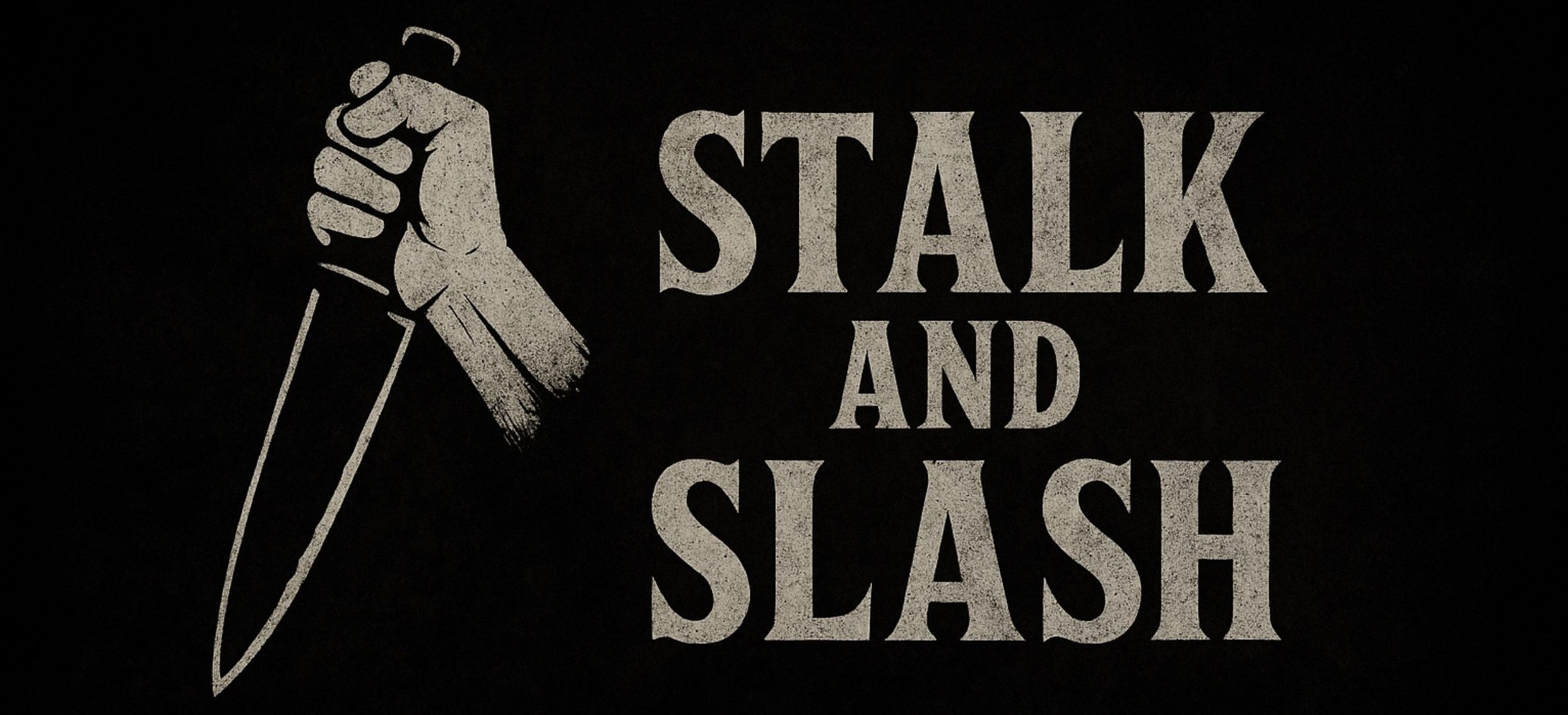
First Appearance: The Thing from Another World (1951)
Most Iconic Form: The Thing (1982), directed by John Carpenter
Kill Count: Variable (Possibly entire outpost, potentially world-ending)
The Thing from Another World (1951)

The earliest version of The Thing was a vegetable-based humanoid with regenerative abilities. Discovered frozen in the Arctic by U.S. military personnel, the alien thaws and attacks the team in a slow-burn battle of science versus nature. Played by James Arness, this version of The Thing was physically imposing but lacked the shapeshifting dread that would later define the character.
While the film was a Cold War allegory, its premise — a foreign entity mimicking or threatening mankind — planted the seeds for something much more terrifying.
The Thing (1982)

John Carpenter’s The Thing redefined horror in 1982. This version of the creature is amorphous, parasitic, and nearly impossible to detect. After a Norwegian helicopter chases a dog across the Antarctic snow, the men at Outpost 31 investigate — and unleash a horror that can mimic any living being it absorbs.
The Thing has no fixed form. It can appear as a dog, a human, a writhing pile of flesh and limbs, or a disturbing hybrid of all three. Carpenter used elaborate practical effects, masterfully crafted by Rob Bottin, to create some of the most grotesque visuals in horror history — from the head spider to the chest cavity that becomes a set of jaws.
The real terror comes not from its appearance, but from the paranoia it creates. No one knows who’s human. Every man suspects the other. It turns the isolated outpost into a battleground of fear and mistrust. Even by the end, as MacReady and Childs sit in the snow with flamethrowers and suspicion, there’s no closure — just the lingering question: who is The Thing now?
The Thing (2011 Prequel)

This prequel explores the doomed Norwegian camp that uncovered the alien ship and brought the creature back to life. While the film leans more on CGI than practical effects, it expands the mythology with new transformations and explains how the dog (seen at the start of the 1982 film) escaped. It reinforces the idea that trust kills faster than teeth, and that The Thing was never gone — just waiting.
Potential TV Series & Beyond
Talks of a new adaptation or series surface every few years, with rumors of a reboot more faithful to the original novella Who Goes There? (by John W. Campbell). If realized, it would likely delve even deeper into the psychological and biological horror that makes The Thing endure.
The Biology of The Thing
- It infects cells individually, making detection almost impossible.
- Each piece of it is independently alive, capable of survival and transformation.
- It can replicate a host perfectly, including memories, behavior, and even voice.
- Fire is its greatest weakness, but even a single surviving cell could reignite the infection.
This biological horror — an organism with no fixed form or motive beyond survival — is what elevates The Thing beyond typical monsters. It doesn’t kill for sport. It kills to imitate, invade, and multiply.

Cultural Impact
- Consistently ranked among the greatest horror films of all time.
- Referenced in Stranger Things, The X-Files, Among Us, and Dead Space.
- Featured in Dead by Daylight (2024) as both a killer and game mechanic.
- Spawned books, comics, and video games that continue its legacy.
- The 1982 film’s isolation horror inspired filmmakers like Guillermo del Toro, Neil Blomkamp, and the creators of The Hateful Eight.
League Placement
The Thing belongs in the Premier Class Tier — a masterclass of body horror, paranoia, and transformation that continues to infect imaginations more than 40 years after its release.
